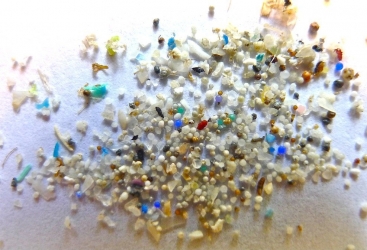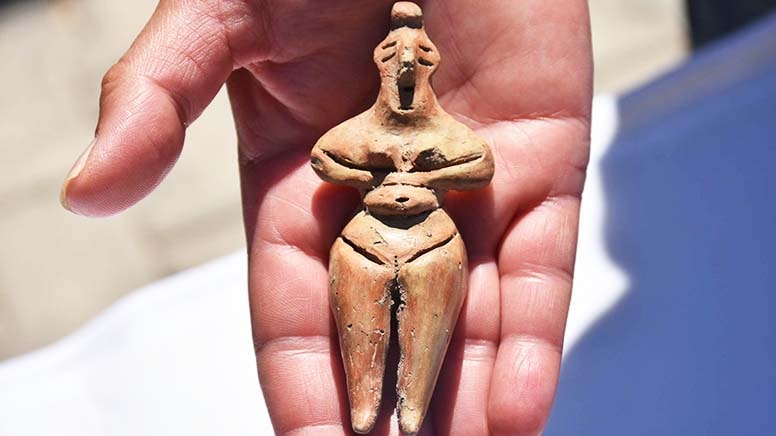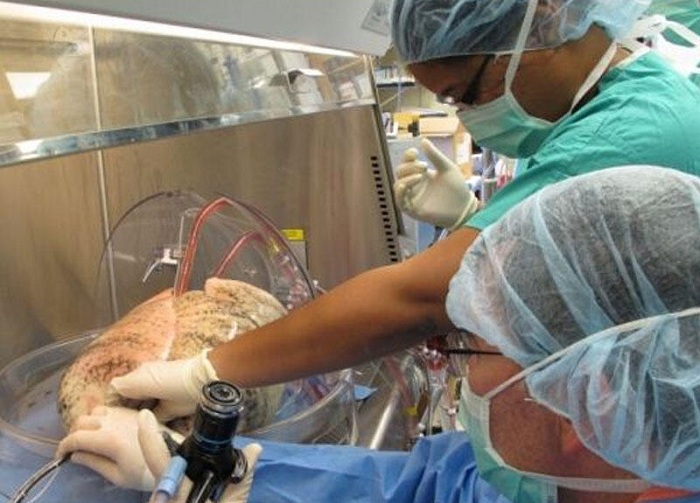
20.08.2020 11:00
- A-
- A
- A+
Microplastic was first discovered in human tissue
Experts from Arizona State University have developed a technology thanks to which micro- and nanoplastic particles can be found in human organs. To test their technique, they took 47 tissue samples from the lungs, liver, spleen and kidneys from a tissue bank set up to study neurodegenerative diseases. Their results showed that microplastics can be found in every sample.
Scientists, whose work will be presented at a meeting of the American Chemical Society, said their method will allow other researchers to determine the levels of contamination of human organs around the world.
Similar News
Links
LAST NEWS



 Elm TV
Elm TV
 Photo
Photo
 Video
Video





